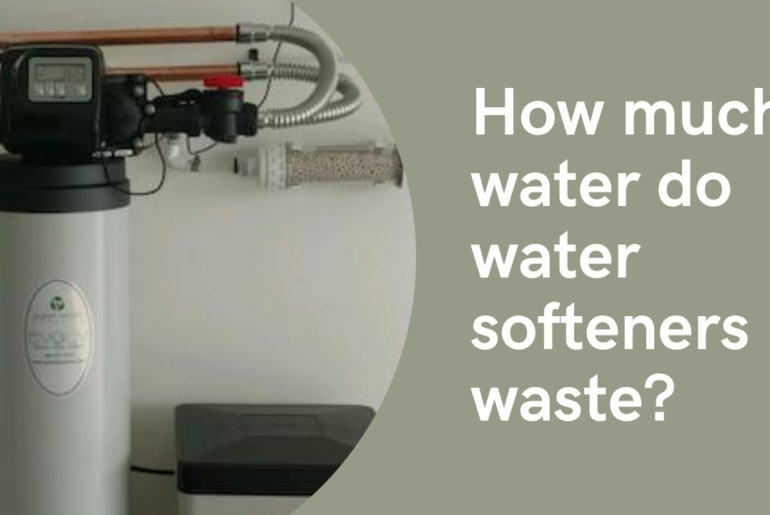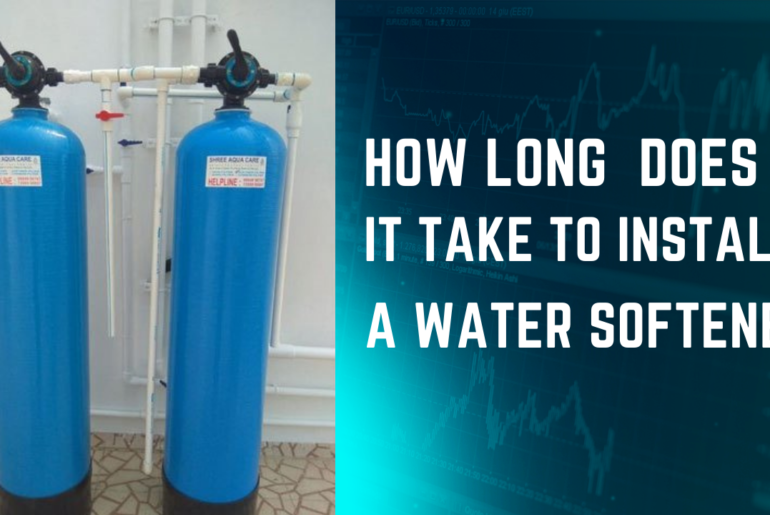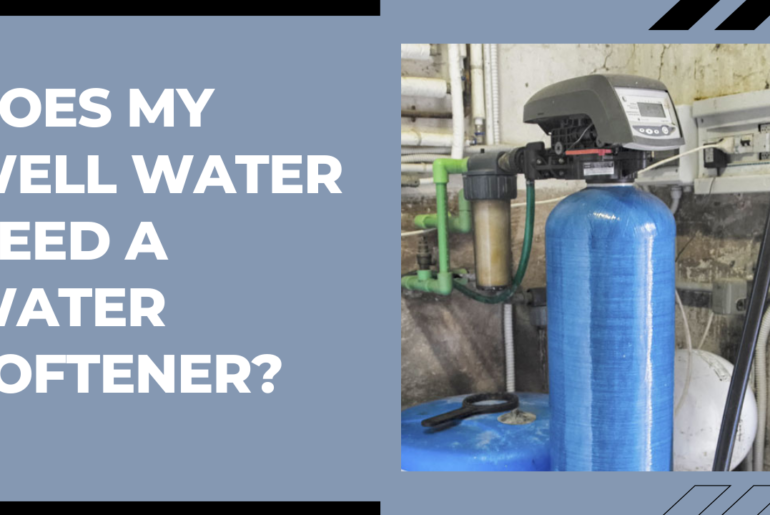Water softeners are highly effective at eliminating hardness and scale – but only when they’re operating properly. It’s very important that your system regenerates frequently enough to recharge the resin bed.
We’ve all heard that strange noise in our utility closets or mechanical rooms. Sure, it could be your furnace, but it could also be your water softener regenerating.
Once you hear it, you wonder if your water softener is regenerating too often, or not frequently enough. Then you ask yourself, how often should my water softener regenerate?
What is Water Softener Regeneration?
Water softener regeneration is the process where water is used to clean the resin beads inside the tank. These beads are what remove the hard minerals from your water, so it’s important to keep them clean and functioning properly.
During regeneration, salt is added to the brine tank, and freshwater flushes through the system to clean the resin. The used water and salt are then flushed out of the system through your home’s drain.
How Often Should My Water Softener Regenerate?
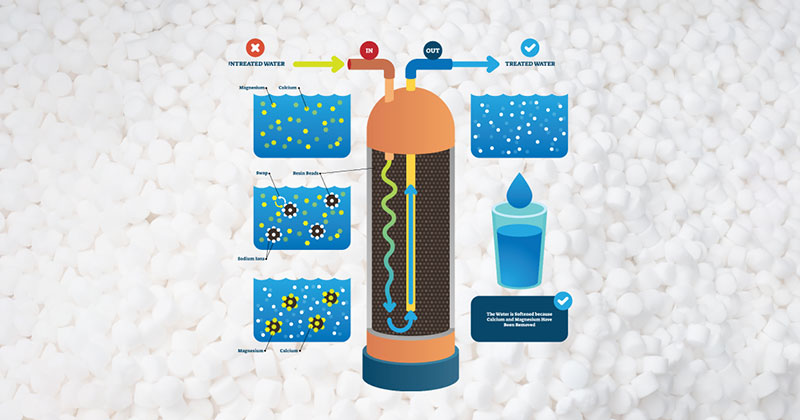
The frequency of regeneration is determined by a few factors:
- The hardness of your water
- The amount of water you use
- The size of your water softener
- The type of water softener you have
If you live in an area with very hard water, your system will need to regenerate more frequently. If you use a lot of water or have a large family, your system will also need to regenerate more often.
Most systems are set to regenerate once every 7-10 days, but this can vary depending on your specific circumstances.
You may need to adjust the regeneration schedule if you start to notice any of these problems:
- Water that doesn’t feel as soft
- Limescale buildup in your appliances
- Spotty glassware
The regeneration process can be manually scheduled by changing the settings on your water softener, or it can be set to regenerate automatically based on your water usage.
If you’re not sure how often your system should be regenerated, the best thing to do is check the manufacturer’s recommendations. They will have specific instructions based on the model of water softener you have.
Factors Affecting Regeneration Frequency

There are a few different factors that can affect how often your water softener regenerates, including:
The Hardness of Your Water:
The harder your water, the more minerals it contains. These minerals will adhere to the resin beads in your system, and eventually, make them less effective at softening your water. If you live in an area with hard water, you may need to regenerate your system more frequently.
The Amount of Water You Use:
The more water you use, the more likely it is that the resin beads will become clogged with minerals. If you have a large family or use a lot of water, you may need to regenerate your system more often.
The Size of Your Water Softener:
The larger your water softener, the more resin beads it contains. This means that it can soften more water before it needs to be regenerated. If you have a small water softener, you may need to regenerate it more frequently.
Resin Deterioration:
Over time, the resin beads in your water softener can degrade and become less effective at removing minerals. This can cause your system to need to be regenerated more frequently.
Iron Levels:
If you have high levels of iron in your water, it can cause the resin beads to become clogged more quickly. This can lead to a shorter regeneration cycle.
Control Valves:
If your water softener has an automatic regeneration cycle, it will use a control valve to regulate the frequency of regeneration. This valve is typically set at the factory but can be adjusted if necessary.
If you notice that your water softener isn’t regenerating as often as it should, or if you’re having problems with hard water, you may need to adjust the control valve.
You can find the control valve on the back of your water softener. It is usually a knob that can be turned to adjust the frequency of regeneration.
To adjust the control valve, turn the knob to the left to increase the frequency of regeneration, or to the right to decrease the frequency.
If you’re not sure how to adjust the control valve, or if you don’t have one, you can check the manufacturer’s instructions.
Water Meter:
Some water softeners have a water meter that tracks your water usage. This information is used to determine when the system needs to be regenerated.
If your water softener has a water meter, you can usually find it on the front of the unit. It will have a small dial that tracks your water usage.
You can use this information to determine how often your system should be regenerated. The water meter will usually have a pointer that indicates when the system needs to be regenerated.
System Agitation:
If your water softener isn’t regenerating as often as it should, you may need to agitate the system. This will help to loosen the minerals that have adhered to the resin beads.
To agitate the system, you can use a brush or a hose with a spray nozzle. Gently brush the beads or spray them with water to loosen the minerals.
You can also use a system flush to agitate the system. This is a solution that you add to the water softener that will help to loosen the minerals.
Testing Your Water:
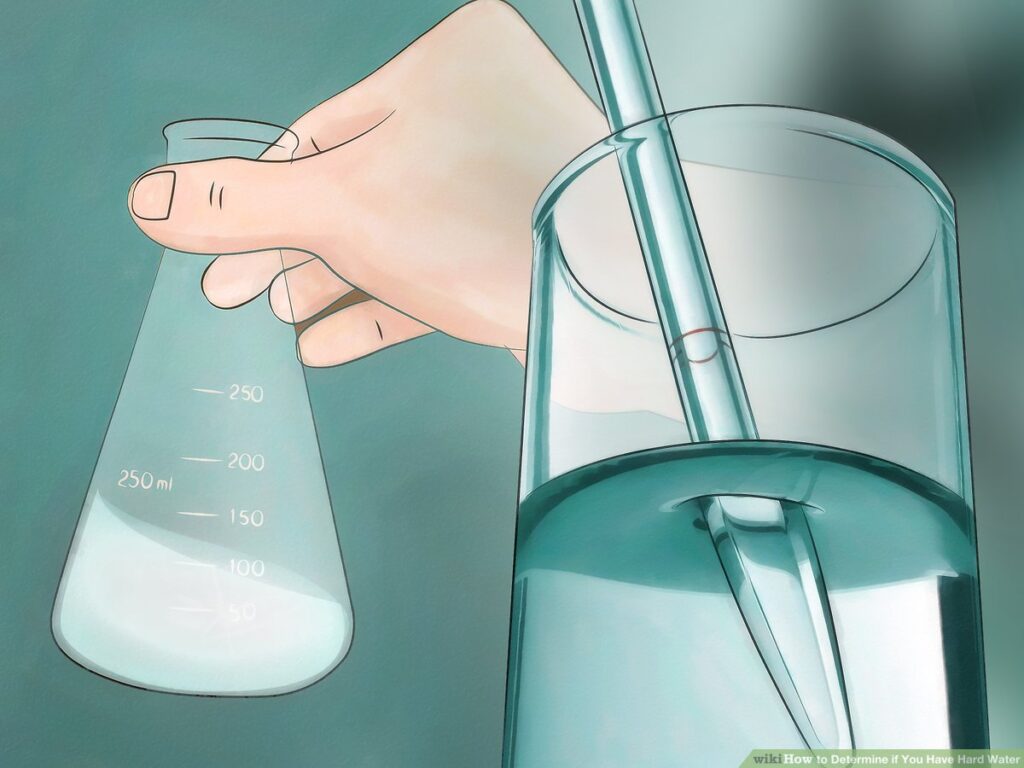
If you’re having problems with hard water, it’s a good idea to test your water. This will help you determine the hardness of your water and what is causing the problem.
There are a few different ways to test your water:
- You can use a water test kit that you can purchase at a hardware store.
- You can bring a sample of your water to a local water treatment plant.
- You can have your water tested by a professional.
Once you know the hardness of your water, you can determine how often your system should be regenerated.
- If you have soft water, you may only need to regenerate your system once a year.
- If you have moderately hard water, you may need to regenerate your system every three to six months.
- If you have very hard water, you may need to regenerate your system every month or two.
How to Extend the Regeneration Cycle?
There are a few things you can do to extend the regeneration cycle and make your system last longer:
- Install a whole-house filter to remove minerals from your water before they enter the water softener.
- Install a sediment filter to remove sediment from your water before it enters the water softener.
- Use a low-flow showerhead to reduce the amount of water you use.
- Replace your salt when it starts to run low.
The type of water softener you have:
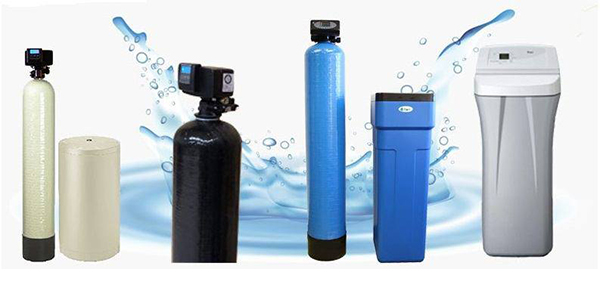
There are two main types of water softeners:
- ion exchange
- reverse osmosis
Ion exchange:
Ion exchange systems use resin beads to remove minerals from your water. These beads can become clogged with minerals over time and will need to be regenerated.
Reverse osmosis:
Reverse osmosis systems use a filter to remove minerals from your water. These filters will need to be replaced periodically, but they don’t require regeneration.
CONCLUSION:
If you’re having problems with hard water, there are a few things you can do to fix the problem. You can adjust the control valve on your water softener, install a whole-house filter, or use a low-flow showerhead.
You can also test your water to determine the hardness of your water and how often your system should be regenerated.
Frequently Asked Questions:
Can I Use Water While My Softener is Regenerating?
No, you should not use water while your softener is regenerating.
Why Is My Water Softener Making a Noise?
If your water softener is making a noise, it could be due to a build-up of minerals on the resin beads. The beads can become clogged with minerals over time and will need to be regenerated.
My Water Softener isn’t Working, What Should I Do?
If your water softener isn’t working, it could be due to a build-up of minerals on the resin beads. The beads can become clogged with minerals over time and will need to be regenerated. You can also check the control valve to make sure it is set to the correct position.
How Do I Set the Regeneration Frequency on My Water Softener?
The regeneration frequency can be set by the control valve on your water softener. This can be adjusted to accommodate the hardness of your water.
How Often Should I Clean My Water Softener?
You should clean your water softener at least once a year. This will help to remove any build-up of minerals on the resin beads.
What’s the Problem with Regenerating Too Often?
If you regenerate your system too often, it can shorten the lifespan of your water softener. It can also lead to a build-up of salt in your water.
What’s the Problem with Not Regenerating Often Enough?
If you don’t regenerate your system often enough, it can lead to a build-up of minerals on the resin beads. This can reduce the efficiency of your water softener and lead to hard water.

A curious business owner who rarely depends on online reviews & opinions. I only trust products & services that I’ve tried myself – and keep the records in my articles.
Please note: CharlieTrotters.com is reader supported. This page may contain affiliate links. If you buy a product or service through such a link we earn a commission at no additional cost to you.

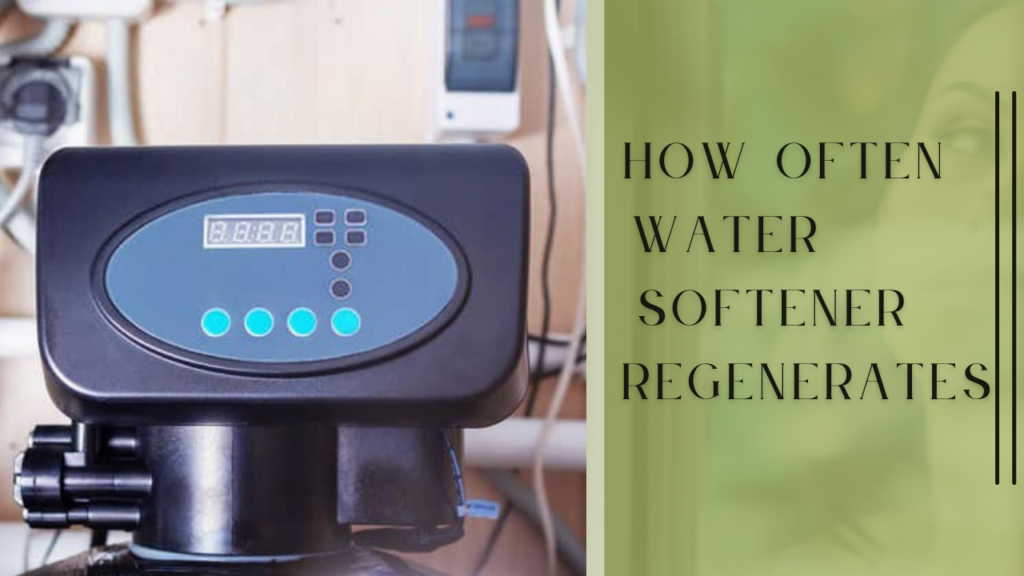
![10 Best Water Softener Resin [2022] | Top Picks Reviewed Best Water Softener Resin [2020]](https://www.charlietrotters.com/wp-content/uploads/2020/09/best-water-softener-resin.jpg)
![10 Best Water Softeners Reviews [2022] – Top Picks & Buyer’s Guide best-water-softeners](https://www.charlietrotters.com/wp-content/uploads/2019/09/best-water-softeners.jpg)
![Best Good Housekeeping Water Softener Reviews [Top 3 in 2022] Best Good Housekeeping Water Softener Reviews](https://www.charlietrotters.com/wp-content/uploads/2022/02/Purple-Orange-Gadget-Review-2022-Youtube-Thumbnail-1-770x515.png)
